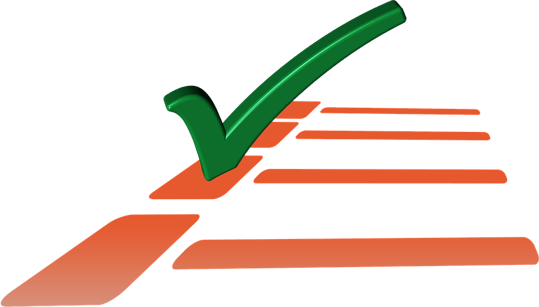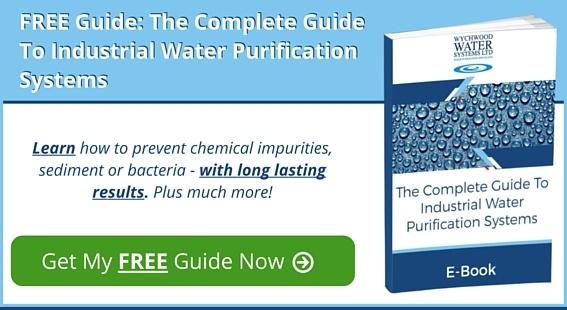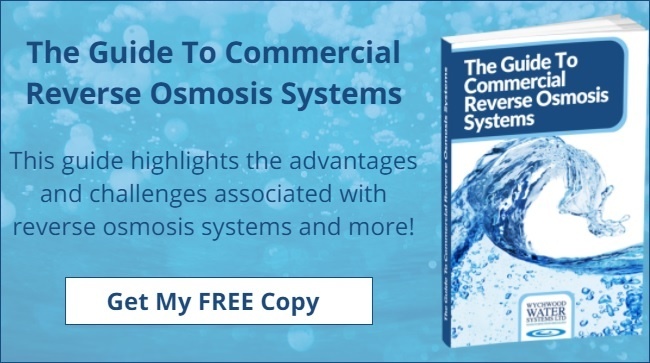
In the UK, the food, drink, cosmetics and pharmaceutical manufacturing standards for industrial water quality must adhere to the standards outlined in the British Pharmacopoeia (BP) and European Pharmacopoeia (EP). Exporters to the USA also need to comply with American FDA standards Complying with these standards involves ensuring that all water treatment systems used in your facility are working as they should be. Fortunately, the standards required of manufacturing water by the BP, EP and FDA are very similar.
Reducing Mineral Impurities
Water produced to BP, EP and FDA standards will generally contain very low quantities of impurities such as sulphates, heavy metals (such as mercury, cadmium and lead), chlorides and nitrates; and must pass an Oxidisable Substances Test.
The water must also meet the following specifications for pH and conductivity:
- pH between 5 and 8;
- TVC of less than 100;
- Less than 5.1 microsiemens of conductivity;
- Chlorides of less than 70ppm;
- Heavy metals of less than 0.1ppm;
- Sulphates of less than 100ppm.
Risks Of Non-Compliance
Non-compliance with industrial water quality standards can have many negative results, not least of which is the risk of prosecution. The release of contaminated products can jeopardise consumer health and cost billions in terms of recalls, legal claims and manufacturing downtime.
The maintenance of water quality can pose unique challenges to facilities manufacturing food, cosmetics and pharmaceutical products, as there are several possible areas where mineral contaminants can cause poor water quality. In monitoring systems regularly for optimal water purity, however, a facility can ensure that the water being used is always in line with international standards.
Requirements For Facilities Needing Ultra-Pure Water
Industries in the microprocessor and pharmaceutical sectors will require ultra-pure water for the manufacturing process. The minimum standards are raised on a regular basis, but ultra-pure water must currently be at a low conductivity of 0.054 µS/cm, consisting of equal amounts H2O, H+ and OH- ions.
A multi-process system is required to manufacture ultra-pure water. This system can include ion exchange and filtration, followed by high performance mixed bed treatment.
Deionisation Systems
Deionised water, used for the production of analytical reagents and standards, as well as pharmaceutical solution preparation and dilution, has low conductivity of below 1.0 µS/cm.
Facilities using deionisation systems must adhere to a very high standard of 90% or higher water purity. No running of the system using degraded resins should be permitted, as this can cause a host of issues with the system. As well, safe handling of the harmful chemicals contained on the system’s exchange resins needs to be ensured.
Continuous Electro Deionisation (CED) Systems
The only way for manufacturers employing Continuous Electro Deionisation to ensure high water quality is to engage in regular monitoring, and ensure that repairs and maintenance occur on a schedule. The Reverse Osmosis (RO) pre-treatment system also needs to be functioning at optimal levels. If issues are found with the water produced by the CED unit, the first place to check is the RO to make sure that the membranes are unclogged.
Reverse Osmosis (RO) Systems
Primary grade water is produced by basic RO systems. Having the lowest level of purity, primary grade water’s conductivity is considered to be medium. This water is used to manufacture reagent solutions and for washing.
In facilities using reverse osmosis, a common cause of water contamination is the clogging or scaling of membranes. Either of these can cause the purity of recovered water to drop below the 70% minimum standard. Regular cleaning of these membranes needs to occur in order to eliminate build up. Replacement may also be necessary every three years or so.
If problems persist, it may be that the system was not properly installed, the water was not thoroughly pre-treated, or membranes were inadequately cleaned.
Improved Monitoring And Maintenance
Your facility may already be using an effective method of treating its water for the production of cosmetics, pharmaceuticals and food. If equipment is poorly maintained, however, these treatments will be ineffective. Having a monitoring schedule in place will ensure that supervisors in charge of your facility can instantly know when operating conditions change.
Get The Help You Need To Ensure Optimal Water Quality
Whether you’re currently experiencing issues with your water treatment systems or wish to know how to achieve even higher quality water for the manufacture of your products, there is free help available. Our “Guide to Industrial Water Systems”, written by our team here at Wychwood Water, will provide you with what you need to identify and address your facility’s water quality and treatment issues. It also sets out ways you can use your existing system to its full potential. You can download your copy here.
We are also ready to answer your questions via email on sales@wychwood-water.com.









 We are a specialist independent company involved in water purification and water treatment technologies
We are a specialist independent company involved in water purification and water treatment technologies


